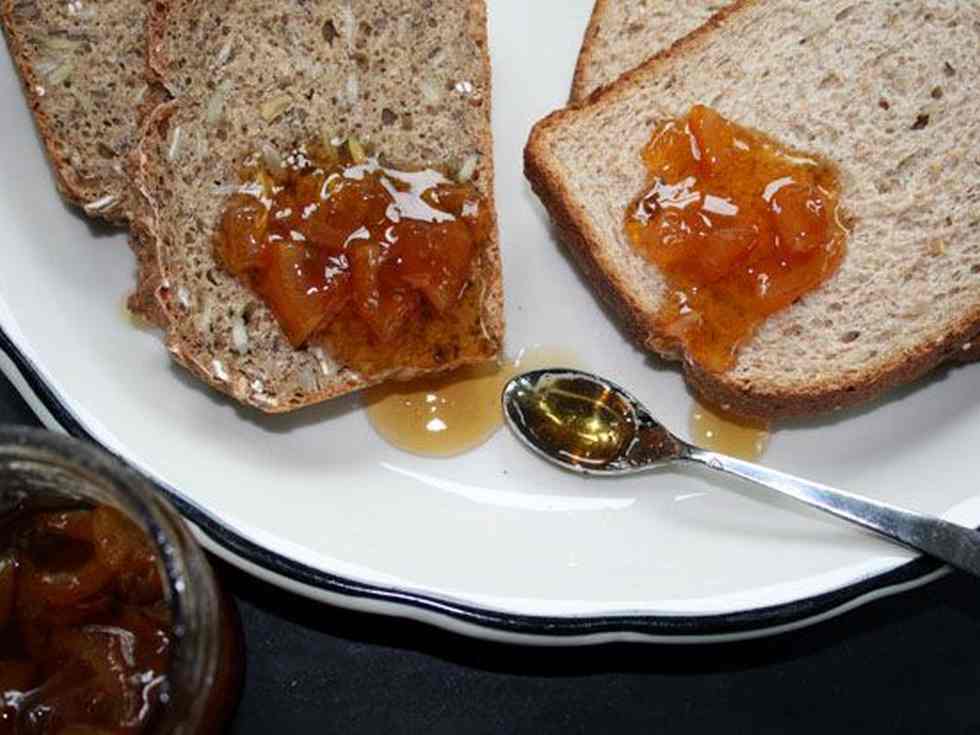
When taking a look at varied kinds of human motion, it’s frequent for many coaches to present recommendation related to lifting. At this time I need to steer the dialog in a little bit of a special path, and handle the right way to tweak the sprinting gait, and the right way to hone it with the intention to dash extra intelligently.
It doesn’t matter what kind of bodily exercise is about to be carried out, the important thing to doing it proper is to correctly arrange and apply high quality approach. Failure to do that will solely snowball right into a extra undesirable final result.
Simply as when lifting barbells, dumbbells, and kettlebells, there are guidelines to observe for proper approach in sprinting. In my 15 years of expertise, I’ve discovered that there are six basic guidelines to recollect. Three of those guidelines apply to the higher physique, and three apply to the decrease physique. These guidelines apply to everybody, they usually have all the time served me nicely.
The Six Guidelines of Sprinting Approach
- Run with the palms transferring from the hips (pockets of pants) to the chin, eliminating side-to-side movement.
- Keep a 90-degree bend of the elbows, and drive the elbows again.
- Maintain the shoulders sq..
- Pull the knees straight up, and don’t enable them to angle in the direction of the midline of the physique.
- Run by putting the bottom immediately under the hips, significantly when accelerating.
- Run on the balls of the toes. Don’t be flat footed and noisy. If I can hear you coming, then you definately’re too gradual.
Progress Your Sprinting With Intelligence
The important thing to clever sprinting is to make use of the identical strategy as clever lifting. Together with stable approach, we also needs to ease into the depth. We don’t must look to hit PR’s instantly. Your focus must be on studying and making use of a sensible development. Upon getting a maintain on the technical features of sprinting, we are able to then shift the main target to performing sprints in ways in which construct proficiency, and wonderful tuning the motor expertise which can be vital for full-effort sprints.
Degree 1: Dash in Place to Construct Proficiency
By performing sprints in place, you’ll be able to direct you focus to the six guidelines of working and work to stability out arm movement and foot placement. The emphases of knee drive, physique management, and general effectivity must be on the heart of your consideration.
One factor I prefer to get my college students to concentrate on is how their toes are putting the bottom. I all the time cue them to “pull their knees up,” slightly than cuing them to “elevate their knees up.” This may increasingly look like a debate on semantics, however I’ve discovered that it’s simpler for them to internalize the distinction when cued to “pull” their knees. The result’s a knee drive with extra management and precision.
Degree 2: Apply Constructing Up Dash Distance And Depth
Inexperienced persons ought to carry out sprints at a manageable distance, whereas on the similar time performing them at an inexpensive depth based mostly on particular person health and skill degree. It’s affordable to imagine that, usually, a newbie shouldn’t exit and attempt to deplete 100 yard sprints at full capability. It’s best to first have a deal with on approach, together with a decent degree of health.
A great way to construct up is to steadily enhance each distance and depth. Begin out performing 10 to twenty yard sprints, and regularly add velocity. As soon as you’re used to increase velocity at this distance, then concentrate on a full effort for the entire distance. As soon as full effort has been achieved for a given distance, you’ll be able to enhance that distance and repeat the cycle. That is secure and sensible development that requires nothing greater than some working area.
Degree 3: Resisted and Assisted Sprints
Upon getting a deal with on sprinting for an inexpensive distance and depth, you’ll be able to take a look at manipulating depth additional by performing resisted sprints and assisted sprints.
- Resisted sprints will be carried out by including an exterior load to make a dash tougher. Instruments for this embrace bungee cords, a weighted sled, or a weighted vest. This may be structured to achieve a desired final result for extra velocity, or to only merely make the conditioning side of sprinting tougher.
- Assisted sprints power you to run sooner than you’d be able to working by yourself. Assisted sprints will be carried out by working on a slight downhill grade, or by utilizing a bungee wire to help the velocity of the runner.
Resisted or assisted sprinting will add one other diploma of depth to facilitate progress in your sprinting capability. As soon as the sensible guidelines are in place and the development is utilized, you’ll be able to readily progress your coaching for a more adept gait.
Apply the Elementary Talent of Sprinting
Sprinting is an amazing a part of basic human motion. I get pleasure from wrestling with the iron as a lot as the following man, however I additionally consider in addressing the entire basic components of human efficiency.
Sprinting is a talent, and like every talent, it have to be practiced and honed to realize better outcomes. There are technical elements to think about, and with the foundations which can be outlined right here, you might have a blueprint for an efficient plan of motion.
How does sprinting work, anyway?
Sprinting Biomechanics and the Fable of Triple Extension

